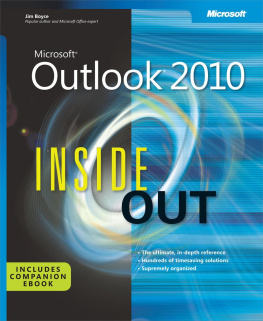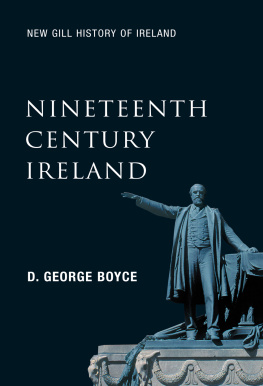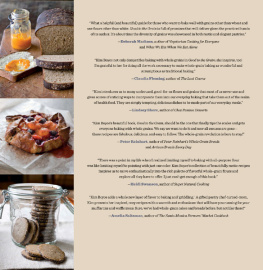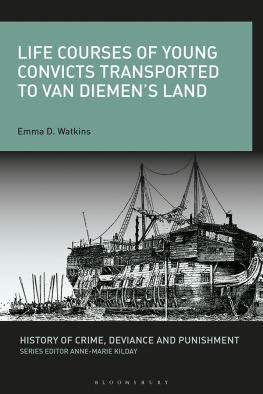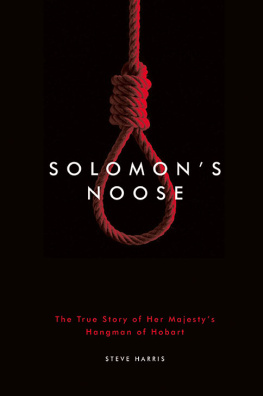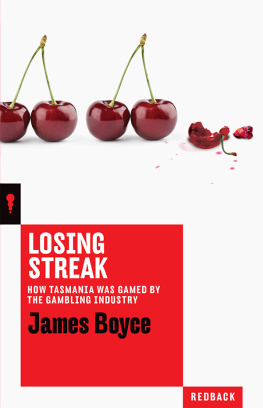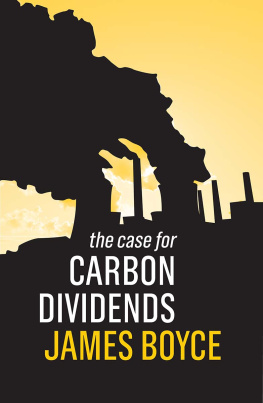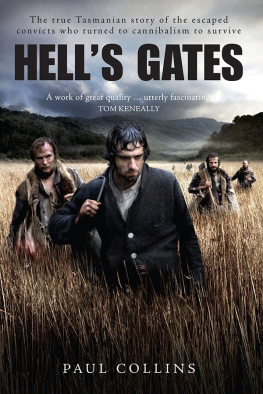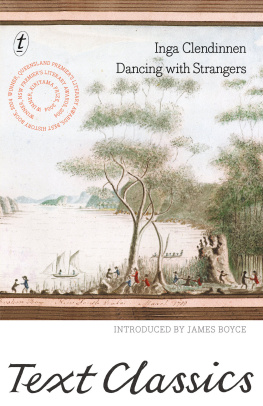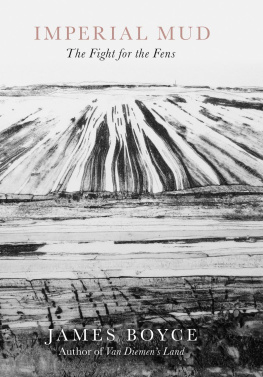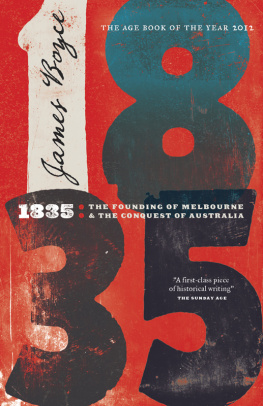Boyce - Van Diemens Land
Here you can read online Boyce - Van Diemens Land full text of the book (entire story) in english for free. Download pdf and epub, get meaning, cover and reviews about this ebook. year: 2010, publisher: Black Inc., genre: Politics. Description of the work, (preface) as well as reviews are available. Best literature library LitArk.com created for fans of good reading and offers a wide selection of genres:
Romance novel
Science fiction
Adventure
Detective
Science
History
Home and family
Prose
Art
Politics
Computer
Non-fiction
Religion
Business
Children
Humor
Choose a favorite category and find really read worthwhile books. Enjoy immersion in the world of imagination, feel the emotions of the characters or learn something new for yourself, make an fascinating discovery.

Van Diemens Land: summary, description and annotation
We offer to read an annotation, description, summary or preface (depends on what the author of the book "Van Diemens Land" wrote himself). If you haven't found the necessary information about the book — write in the comments, we will try to find it.
Van Diemens Land — read online for free the complete book (whole text) full work
Below is the text of the book, divided by pages. System saving the place of the last page read, allows you to conveniently read the book "Van Diemens Land" online for free, without having to search again every time where you left off. Put a bookmark, and you can go to the page where you finished reading at any time.
Font size:
Interval:
Bookmark:
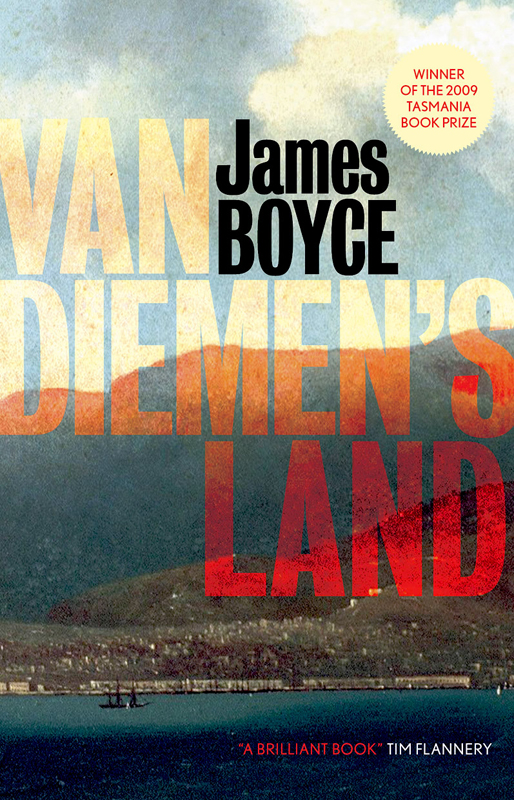
VAN DIEMENS LAND
PART I
THE EARLY YEARS
1803 07
[1]
VAN DIEMONIAN SEA-WOLVES
T HE CONQUEST OF VAN DIEMENS LAND began without flags, cannon, prayer, proclamation or military display. Van Diemens Land was invaded by the British in much the same way as their own land had been by Viking raiders over a millennium before coastal forays for plunder followed by gradually expanding periods of settlement and interaction with the native peoples. The first colonisers have become known (somewhat misleadingly) as sealers and, like the Nordic traders and raiders, widely caricatured. Sixty years ago, Leslie Norman presented a picture of rude, rough, wife-snatching men, who were wreckers, pirates, freebooters, slave-drivers, murderers, rum-swillers, sea-wolves, and sea-rats ragged drunken beasts.It is a view that still has wide currency.
The Bass Strait islands were the sealers primary base. The seal colonies there were discovered after the vessel Sydney Cove, returning to its home port from a Calcutta trading run, ran aground near Preservation Island in February 1797. The entire crew was landed safely, along with a speculative cargo that included 7000 gallons of spirits, and some of the often-inebriated men were to live on Preservation Island for 12 months. A long boat was sent to Sydney and two of the 17 sailors manning it survived to raise the alarm. The rescue and salvage boats sent from Port Jackson noted the quantity of seals available on the islands, and by October 1798 commercial sealing had begun.
Sealskins were the first significant export item from British Australia. Joseph Banks complaint that Britain had by then possessed the country of New South Wales more than ten years and not one article has hitherto been discovered by the importation of which the mother country can receive any degree of return for the cost of founding and maintaining the colony was at last to be answered.By 1803 the value of sealskins taken was reported as 303,046, involving the slaughter of 57,560 seals. In 1804, the peak year of plunder, 107,591 seals were killed, but a price drop, due to over-supply, meant that the total value of the hunt increased only marginally. Most skins were exported to China.These figures were many times higher than the collective annual budgets, or the total agricultural output, of all the British settlements in Australia combined until the mid 1820s. Wool exports did not reach a similar value until the late 1820s. But such mercantile greed, as the French naturalist Franois Pron noted in December 1802, could not fail to cause a noticeable and irreparable reduction in the population of these animals,and from 1805 the number of seals killed dropped dramatically.
Far more sustainable than the large seal colonies were the human communities that developed around them. The 1804 Sydney muster listed 123 free men in the islands at the southward, and Governor Philip King reported that 180 people in all were known to be on the islands that year.As the most accessible seals were killed, and the big profits disappeared, a different form of sealing emerged. Men lived on the islands for months, sometimes years, at a time, and gradually began to form permanent settlements. They killed what seals remained, as well as wallaby, wombat and emu, selling the skins and eating the meat, and many even had gardens and small farms with crops and goats. As the Sydney Gazette reported, the sealers lived in a curious state of independence.
The small islands were attractive sites for settlement for men, a large proportion of whom were former convicts, who sought freedom and distance from the penal establishments. The native animals had never known dogs or humans, and were easily killed (and in some cases, like the King Island emu and wombat, soon wiped out). An even greater attraction than the abundance of animals was the absence of people. There had been no human occupation of the Furneaux Group in the Bass Strait for thousands of years, and the islands were thus safe to colonise without resistance from the Aborigines.
Sealer colonisation proceeded virtually independently of official sanction and, except in a nominal sense, was not under imperial control. Some attempts were made indeed, securing the seal resource was one of the reasons Governor King gave for sending a settlement party to Van Diemens Land in September 1803 but little power could in practice be exercised until official colonisation extended into sealer territory in the mid to late 1820s. As seal numbers declined, most of the bigger Sydney-based merchant capitalists leftthe industry, and what the Hobart Town Gazette called an extraordinary number of small colonial craft largely supplanted them.Often boat-owners would hire their boats to those without capital in return for a signifi-cant percentage of the takings.A Sydney businessman, W. Stewart, wrote to the colonial secretary in 1815 urging that what had largely become an unregulated Van Diemonian industry be controlled:
There is a custom of whale boats from 25 to 30 feet long, who clear out from the Derwent or Port Dalrymple each with two or three people on board, and after their departure amount to six or seven in number, then go equipped with arms and dogs to hunt for their living, and save the kangaroo skins as well as what seal skins they can; the elephant they kill and destroy for their tongues The people are a banditti of bushrangers and others who are carried after committing robberies and depredations on the industrious settlers and depriving them of their arms, dogs, boats and other property they encourage men belonging to vessels to desert and leave them in distress and likewise to rob and plunder them.
Sealers were not the only unofficial colonisers. Whales had been hunted in the waters south of Van Diemens Land since 1775, when the Enderby company pioneered whaling in the south seas. Crew-members spent extended periods ashore gathering food, fuel and water.From the early nineteenth century through to the 1840s, bay whaling was also conducted in small boats from stations established in sheltered waters around the eastern and southern coast of Van Diemens Land, such as Adventure Bay, Oyster Bay, Recherche Bay and Southport, well before the official settlement of these regions commenced.
Before 1825 it was these predominantly Van Diemonian sealers and whalers, rather than the land-hungry squattocracy or official settlement parties, who were the major instrument of territorial expansion by the British in Australia. Within Van Diemens Land, sealers soon moved beyond the Furneaux Group to King Island and Robbens Island in the north-west, and Schouten Island and Waubs Boat Harbour (now Bicheno) on the east coast. Kangaroo Island became a major sealing centre as early as 1806, and permanent sealing communities were also established on many other South Australian islands in Spencers Gulf.Sealers also lived at Portland Bay, Port Fairy, Westernport and Phillip Island in what is now Victoria, and King George Sound and various West Australian islands all well before official settlement of these areas. After a large colony of seals was discovered at the remote sub-Antarctic Macquarie Island, sealers even established themselves there, although the harsh environment made for a different, more provisional, form of community.
As official colonisation extended during the mid 1820s, the new wave of settlers encountered these men. Major Lockyer, sent from Sydney to King George Sound to found the first settlement in Western Australia, found sealing parties already resident, and noted that sealers had also traversed the Swan River. Lockyer complained that alongside this legitimate and profitable though officially uncontrollable industry there was another association entirely illegal and objectionable: the existence of bands of runaway convicts.Similarly, the expedition sent to found a settlement at Westernport in 1826 found a party of sealers who hailed from Port Dalrymple, they were living in Phillip Island and moreover had a couple of acres of wheat and some maize growing well.
Next pageFont size:
Interval:
Bookmark:
Similar books «Van Diemens Land»
Look at similar books to Van Diemens Land. We have selected literature similar in name and meaning in the hope of providing readers with more options to find new, interesting, not yet read works.
Discussion, reviews of the book Van Diemens Land and just readers' own opinions. Leave your comments, write what you think about the work, its meaning or the main characters. Specify what exactly you liked and what you didn't like, and why you think so.

